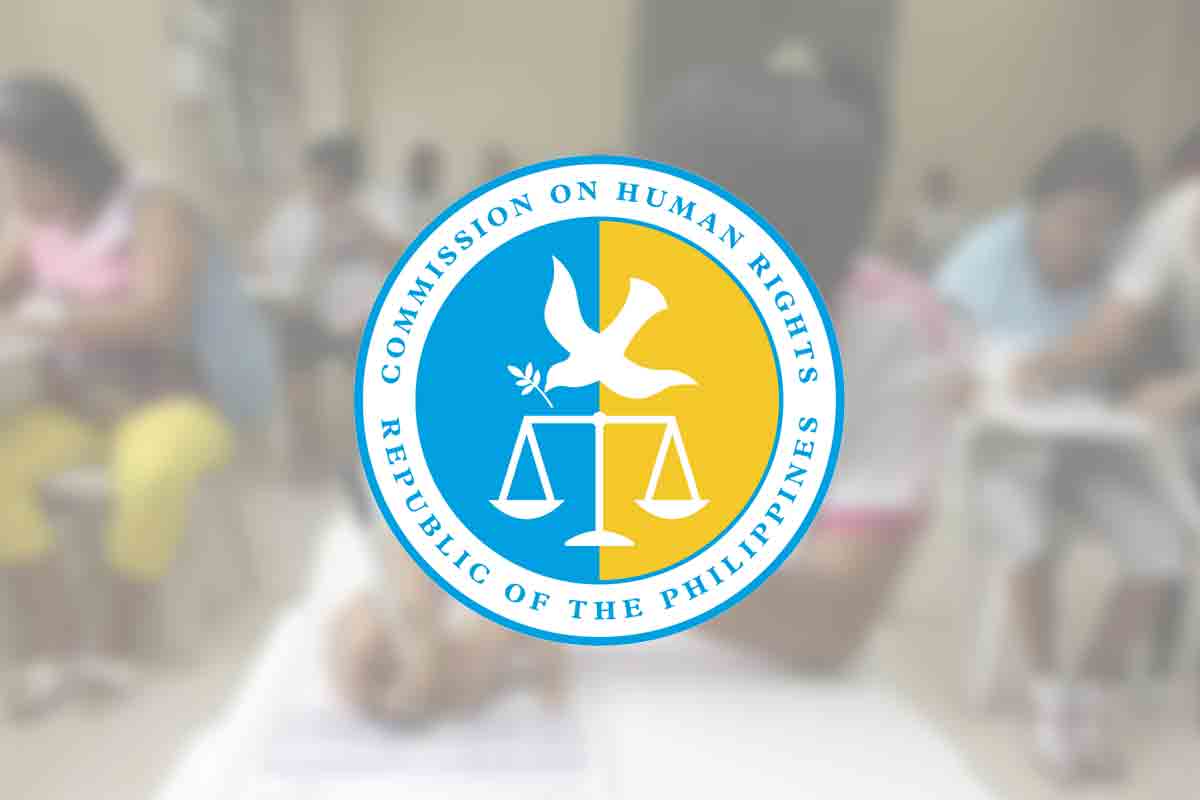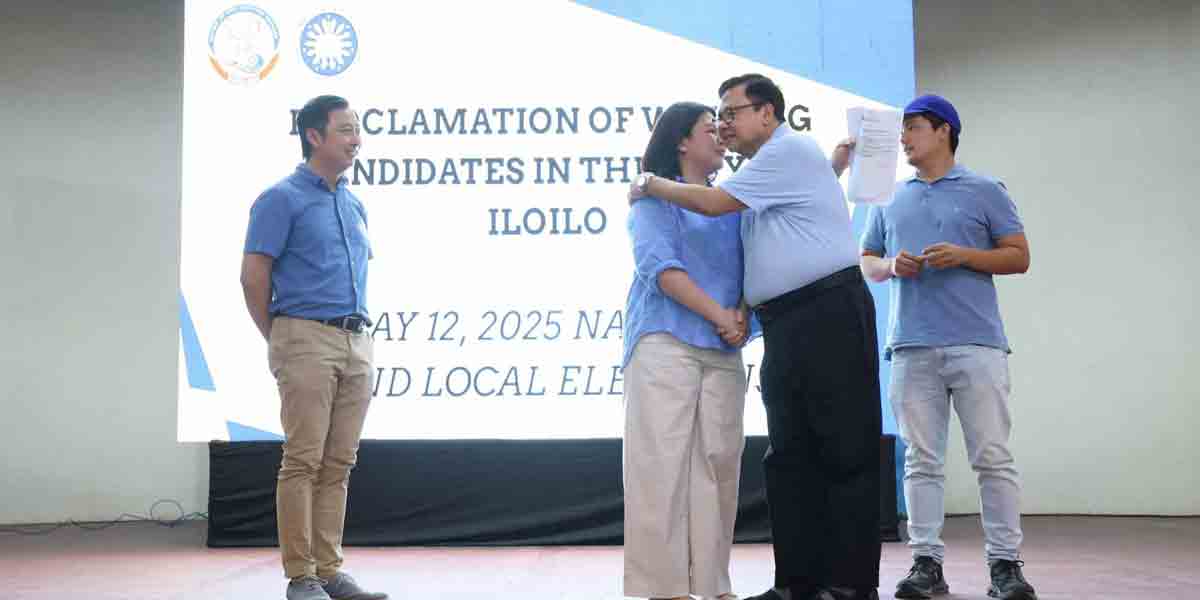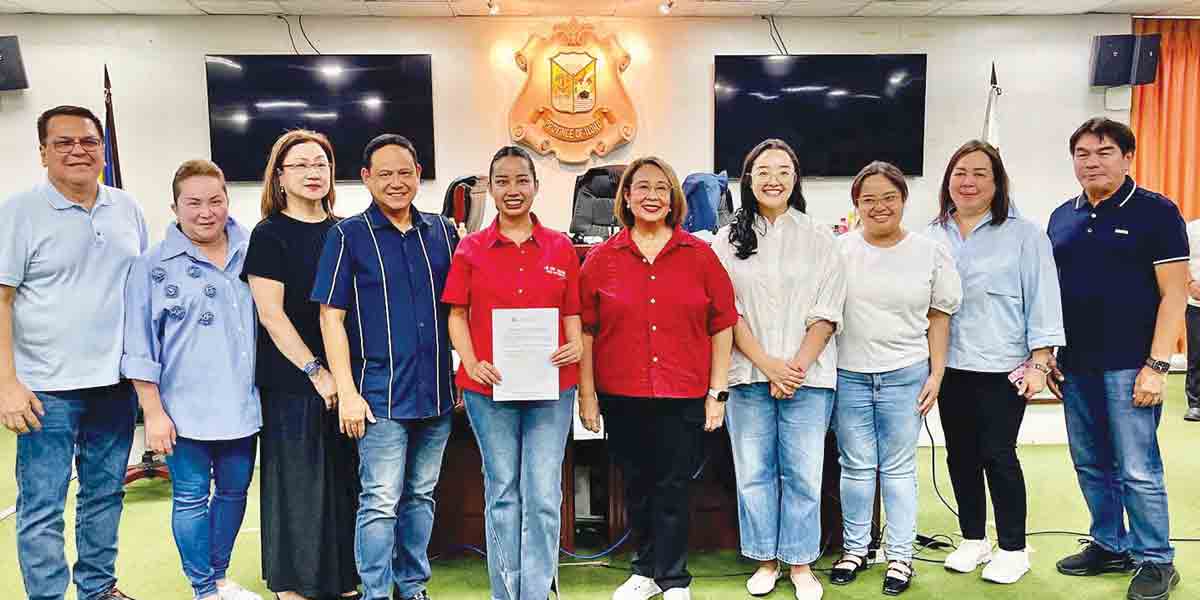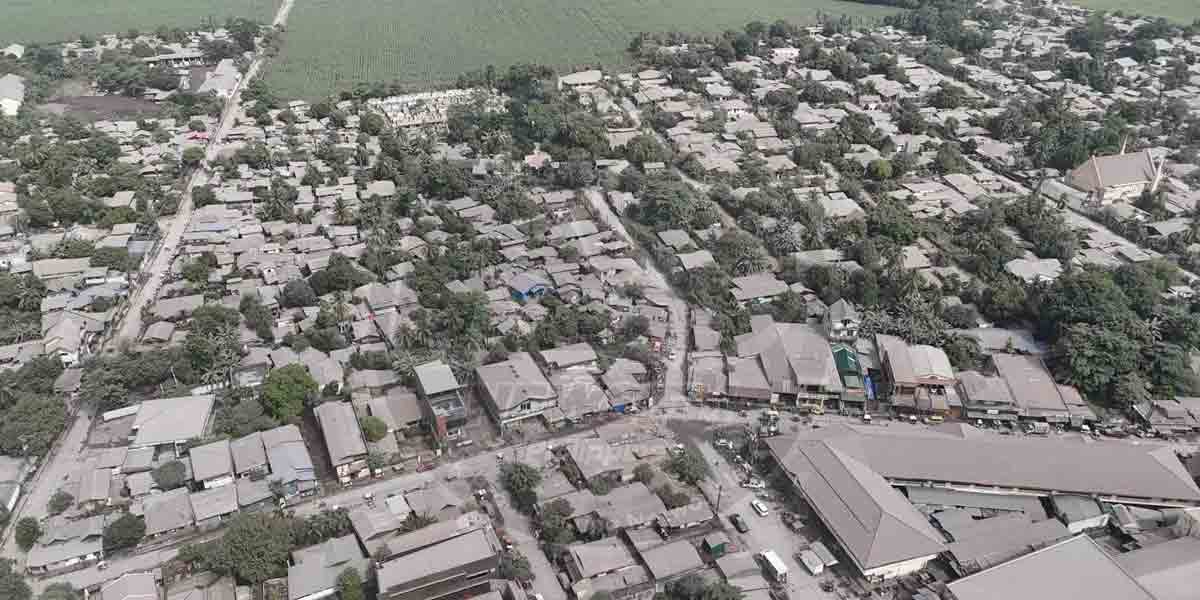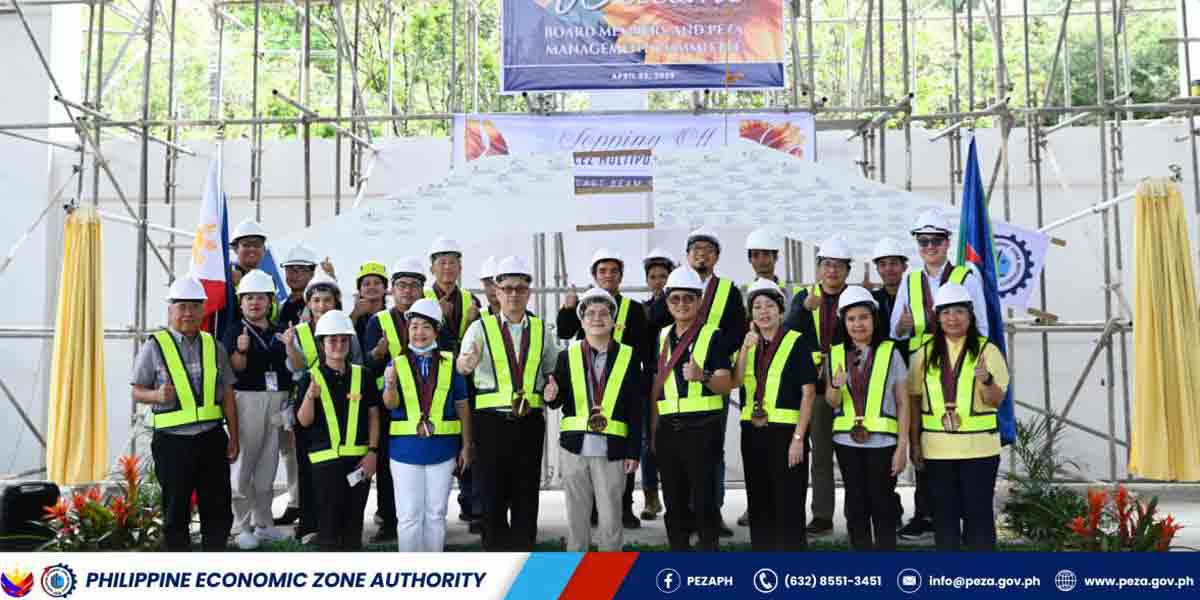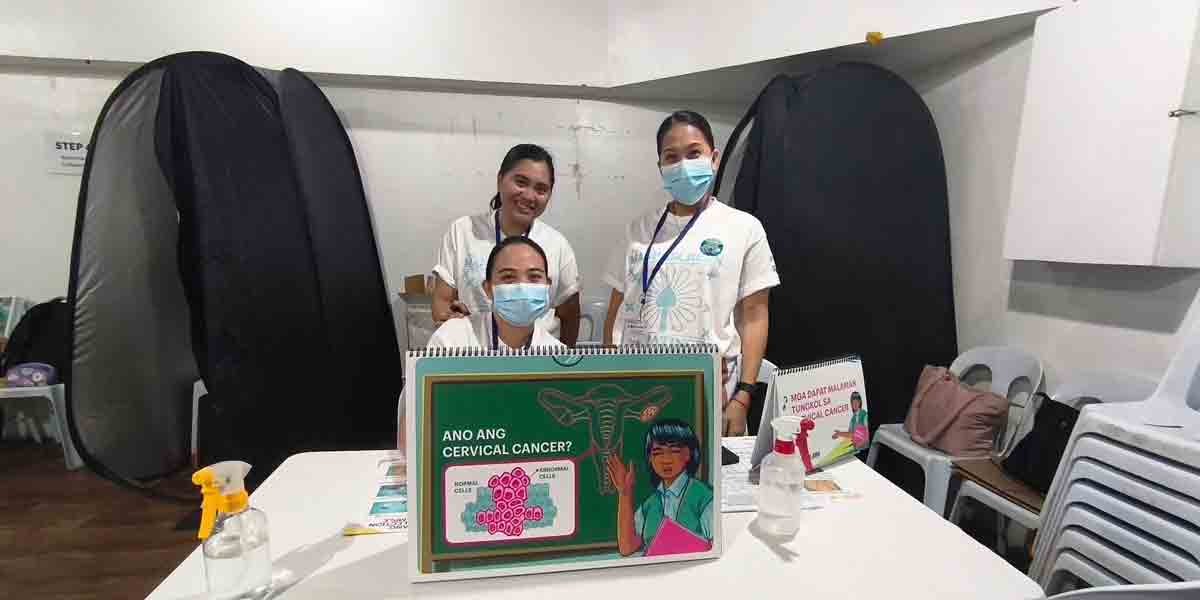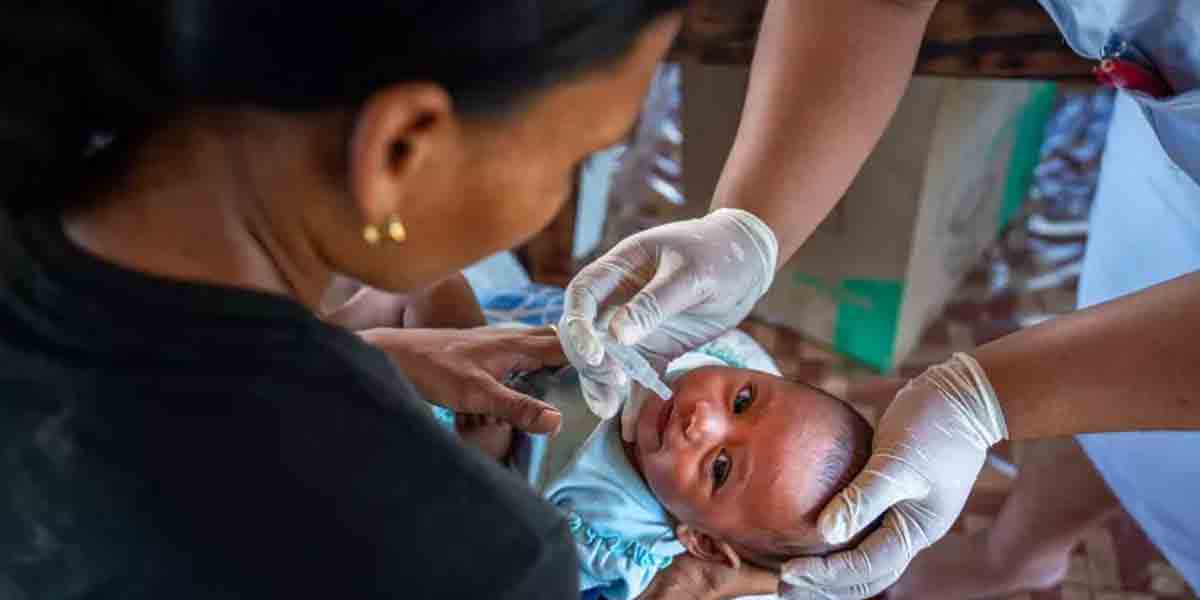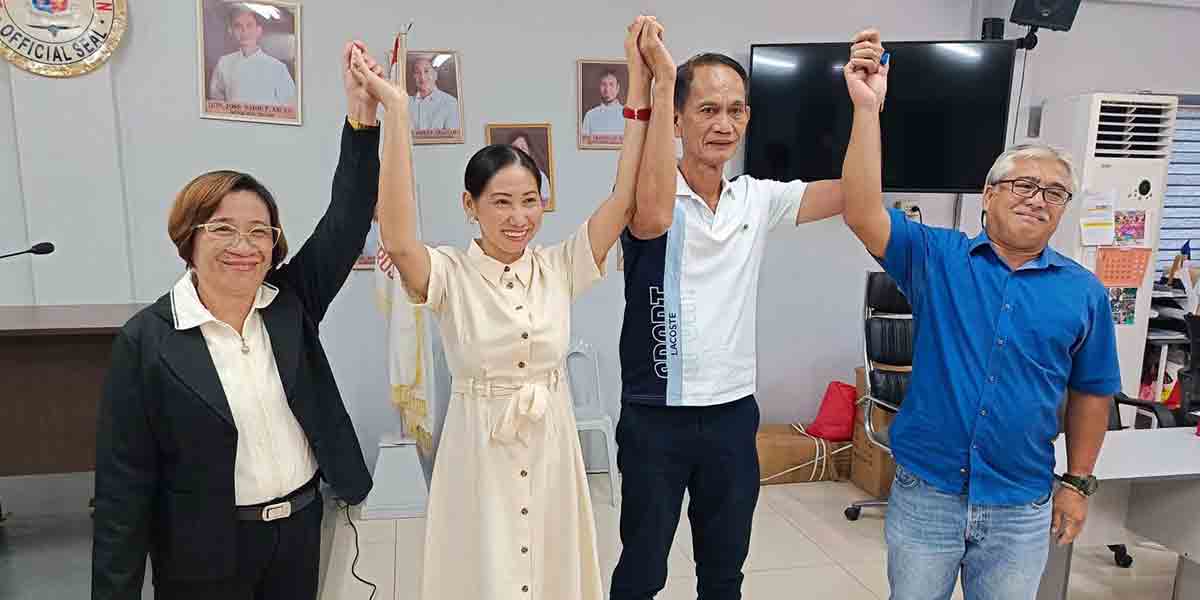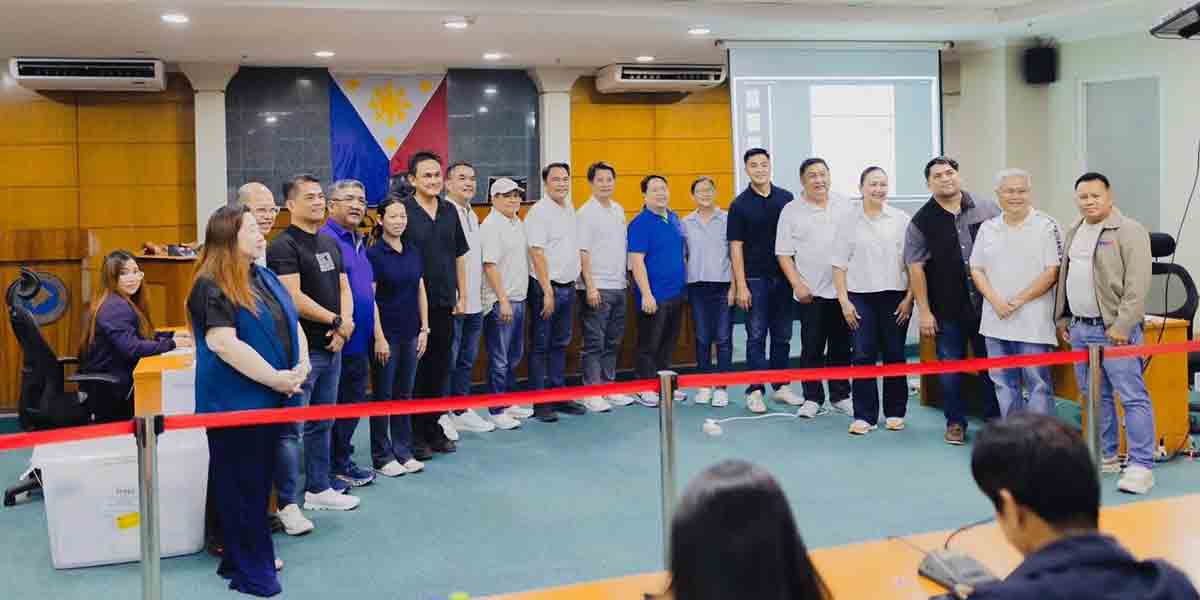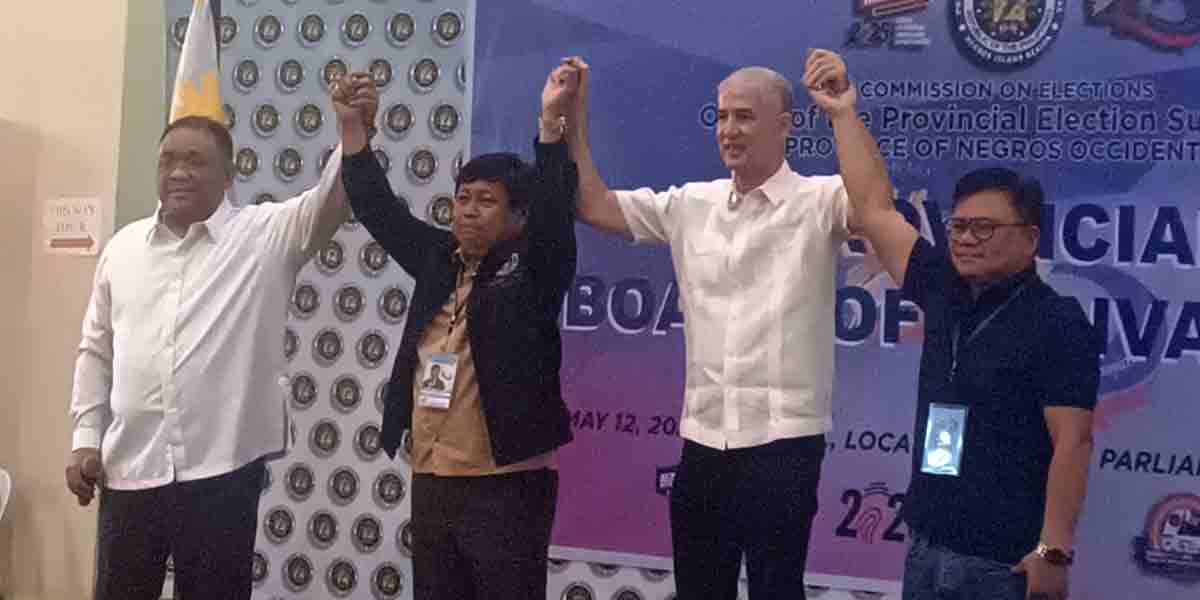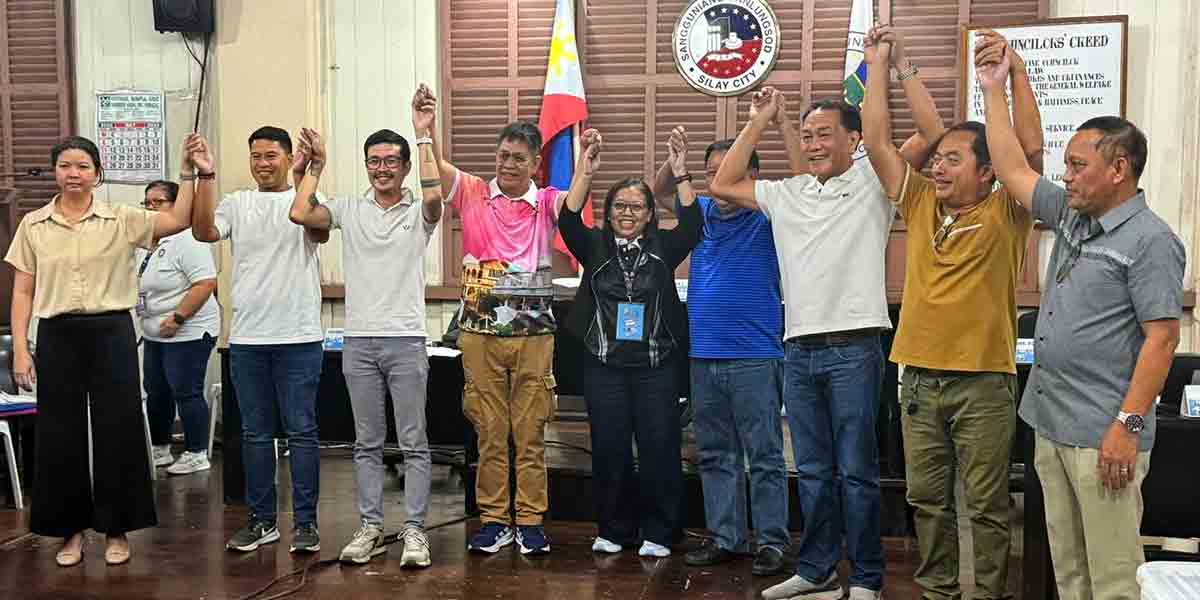By Francis Allan L. Angelo
Despite notable economic growth and massive government spending on social protection programs, poverty in the Philippines remains deeply entrenched—due in large part to fragmented implementation and overlapping interventions by multiple agencies.
From 2021 to 2023, the national poverty rate dropped only slightly from 18.1% to 15.5%, according to government data. This modest reduction casts doubt on the country’s ability to achieve its ambitious target of reducing poverty to 9% by 2028.
A study jointly conducted by the Philippine Institute for Development Studies (PIDS) and BRAC lays bare the reasons behind this shortfall: siloed programming, inefficient coordination, and institutional overlaps among government agencies.
“Multiple agencies implement similar interventions, often targeting the same beneficiary populations without clear delineation of responsibilities or systematic coordination,” the researchers noted in the report authored by PIDS Senior Research Fellow Dr. Jose Ramon Albert, and BRAC’s Frances Genevieve Genio and Jan Joy Louise Crismo.
Siloed Service Delivery and Duplicated Aid
Key national programs such as the Department of Social Welfare and Development’s (DSWD) Sustainable Livelihood Program (SLP), the Department of Labor and Employment’s (DOLE) Integrated Livelihood Program (DILP), and the Department of Agriculture’s parallel initiatives often operate in isolation—even in the same communities. The study revealed how this creates confusion on the ground, wastes resources, and dilutes the intended impact.
“The redundancy leads to inefficient resource use and inconsistent service delivery,” the authors said.
The convergence strategy, first introduced in the mid-2000s and formalized in DSWD’s Memorandum Circular No. 18, series of 2012, aimed to harmonize the implementation of flagship programs such as the Pantawid Pamilyang Pilipino Program (4Ps), SLP, and KALAHI-CIDSS. This model called for a more integrated system of identifying and supporting the poor.
A prime example is the Padayon model, which offers a comprehensive approach to beneficiaries transitioning out of 4Ps by linking them to livelihood programs, credit access, and coaching. Yet its adoption remains uneven across regions.
Local Government Struggles
Local Government Units (LGUs) are on the frontlines of social protection delivery, especially following Executive Order No. 138 (2021), which expanded their responsibilities under the national devolution strategy.
However, local implementation capacity varies significantly. Roughly 80% of provincial respondents identified coordination and implementation challenges as major barriers. About 70% of municipalities reported having no dedicated budget for joint programming, and many lack technical staff trained in program integration.
“While we understand the importance of integrated approaches, our limited technical staff makes coordinating multiple programs extremely challenging,” a provincial administrator told researchers.
Additionally, frequent changes in local leadership and staff turnover further disrupt continuity in service delivery. This hinders long-term planning and the consistent application of national policies at the grassroots level.
Data Integration: Promise and Pitfalls
Effective coordination requires robust data systems. While agencies have developed individual monitoring platforms, 72% of field offices reported barriers to seamless data integration. The absence of interoperable databases leads to duplicated aid in some cases and leaves vulnerable groups unsupported in others.
The Philippine Identification System (PhilSys) and the Community-Based Monitoring System (CBMS) are seen as tools to fix this. These platforms could standardize data and improve tracking, targeting, and evaluation. However, issues such as limited infrastructure, lack of trained personnel, and data privacy concerns continue to obstruct full implementation.
“Agencies are often territorial about their data and systems,” the study observed, highlighting the need for a centralized, secure, and shareable tracking mechanism.
Graduation Gap: From Welfare to Self-Reliance
Graduation approaches—transitional plans that help households move from dependence to sustainable livelihoods—are essential for long-term poverty alleviation. Yet these approaches are rarely implemented holistically.
Current regulations often bar simultaneous access to consumption support (like 4Ps) and livelihood programs (like DILP), impeding households’ ability to graduate from poverty effectively. “Existing guidelines create artificial barriers,” a DSWD official said.
Graduation programs should incorporate three pillars: cash assistance, livelihood support, and long-term coaching. Integration across these dimensions is still lacking in most LGU setups.
Institutional Rigidities and Budget Hurdles
Budgets remain siloed by agency and sector, despite the launch of the Program Convergence Budgeting (PCB) initiative. Researchers criticized traditional budgeting processes for prioritizing sector-specific allocations, which hinders collaborative efforts.
Innovative financing strategies such as results-based budgeting and public-private partnerships could expand fiscal space. However, these options require policy innovation and high-level political will.
The Subcommittee on Social Protection and the Social Development Committee, chaired by the National Economic and Development Authority (NEDA), are tasked with inter-agency coordination. But the disconnect between national planning and local execution continues to frustrate effective service delivery.
Beneficiary Voice: What People Need Most
Focus group discussions revealed a consistent pattern: beneficiaries are most concerned about “assistance,” “livelihood,” and “training.” These findings underscore the need for integrated, responsive programming that meets immediate needs while building long-term self-sufficiency.
Field officers reported that partnerships and day-to-day coordination are often driven more by personal relationships than institutional frameworks. Around 65% of them noted that formal agreements like Memoranda of Agreement (MOAs) are rarely operationalized without strong informal networks.
“Building lasting partnerships takes more than formal agreements—it requires consistent engagement and mutual commitment,” a regional DSWD director said.
Policy Recommendations and National Framework
To fix these structural issues, the study recommends a national framework for joint programming. This would include:
- Clear roles for each agency and LGU involved in social protection.
- Formal coordination mechanisms at all levels of government.
- Integrated data platforms using PhilSys and CBMS.
- Investment in LGU capacity through training and performance-based funding.
- Standardized monitoring and evaluation systems with feedback loops from beneficiaries.
- Graduation models incorporated into program design.
The researchers also called for the scaling up of successful models like Padayon and enhanced case management systems, alongside better integration of services through digital innovation.
“The success of these efforts will depend on sustained political commitment, effective inter-agency collaboration, and the active engagement of beneficiaries and communities,” the authors concluded.

